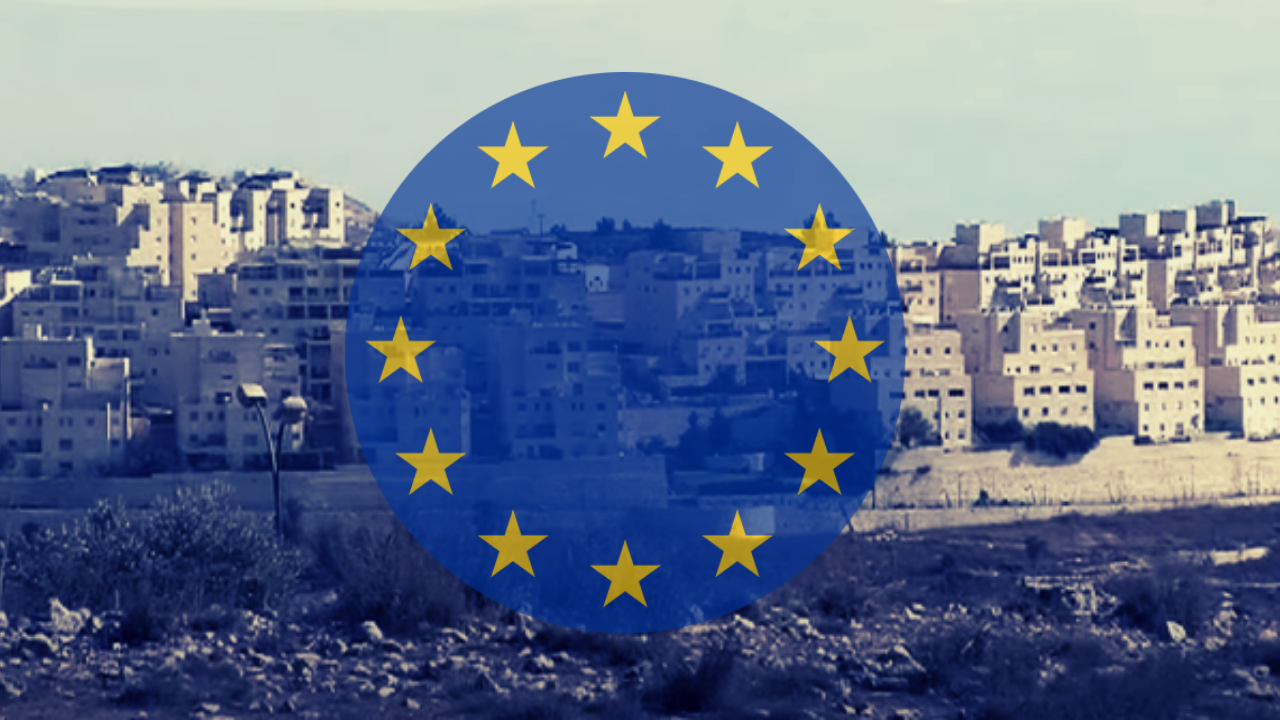Yossi Klein Halevi is a wonderful writer. I recommend his book Like Dreamers: The Story of the Israeli Paratroopers who Reunited Jerusalem and Divided a Nation to anyone who wants to appreciate the nuances of Israel’s political tribes.
But like many wonderful Israeli writers on such subjects, his brain is stuck.
It is stuck on the horns of the dilemma Micah Goodman calls Catch-67: if Israel tries to absorb all of Judea and Samaria, it will either have to undemocratically deny the franchise to the Arab population or become an unstable binational state (or both). But on the other hand, if Israel gives up Judea and Samaria, it will have to deal with a security nightmare in which terrorists will be in easy shooting range of Israel’s most populated regions. A Gaza times ten. Neither choice is acceptable. Stuck.
So how does he get unstuck? Like many Jewish intellectuals, he sees the demographic problem as worse than the security problem, and opts for partition. In a recent Wall Street Journal article (unfortunately behind a paywall) he argues that both sides have legitimate aspirations to possess all of the land; but although partition is unjust for both, it is the only practical solution.
I strongly disagree with him about the legitimacy of Palestinian aspirations (so does Yisrael Medad, here), but that isn’t what I want to discuss in this post. I want to look at one small piece of the issue that is a show-stopper for everyone that takes a similar pro-partition line: the question of implementation.
Halevi writes,
Like a majority of Israelis—though the numbers are dropping, according to the polls—I support the principle of a two-state solution, for Israel’s sake no less than for the Palestinians. Extricating ourselves from ruling over another people is a moral, political and demographic imperative. It is the only way to save Israel in the long term as both a Jewish and a democratic state—the two essential elements of our being. Partition is the only real alternative to a Yugoslavia-like single state in which two rival peoples devour each other.
But in order to take that frightening leap of territorial contraction—pulling back to the pre-1967 borders, when Israel was barely 9 miles wide at its narrowest point—we need some indication that a Palestinian state would be a peaceful neighbor, and not one more enemy on our doorstep. The practical expression of that goodwill would be Palestinian agreement that the descendants of the refugees of 1948 return to a Palestinian state and not to Israel, where they would threaten its Jewish majority.
We know, and Halevi notes, the depth of Palestinian hatred for Israel and that “the relentless message, conveyed to a new generation by media and schools and mosques, is that the Jews are thieves, with no historical roots in this land.” We know, from our experience with Gaza and South Lebanon, how easy it is for a terrorist organization like Hamas or Hezbollah to establish itself in areas from which Israel withdraws. We know that the geography of the Land of Israel, with the commanding high ground of Judea and Samaria makes a pre-1967 sized Israel almost indefensible.
No Palestinian leadership has ever indicated that it is prepared to give up the “right of return.” Indeed, this idea – that all of the land from the river to the sea has been unfairly taken from them – is the single essential ideological principle of Palestinian identity. Any Palestinian agreement to two-state plans has always been hedged as temporary, as in the PLO’s “phased plan” or Hamas’ proposal of a temporary truce. Palestinian leaders deny that there is a Jewish people, or that it has a historical connection to the land. This implies that there is a strong possibility that the Palestinian side will not negotiate in good faith or keep its side of the bargain.
There are perhaps 400,000 Israeli Jews residing in Judea and Samaria (excluding Jerusalem). Even with land swaps enabling the Jewish communities with the largest populations to remain in Israel, a partition which required Jews to leave the Palestinian parts of the country would require tens of thousands, perhaps more than a hundred thousand Jews to be resettled elsewhere. Leaving aside the manifest injustice of this, it’s clear that once done it is very difficult to undo.
When a concrete concession by one side – the withdrawal of soldiers and civilians, perhaps (as in the Sinai and Gaza) the physical destruction of communities – which is hard or impossible to undo is balanced against a paper commitment to be peaceful by the other, there is little cost to the latter side to renege on the agreement.
But let’s assume that there have been negotiations and both sides have signed an agreement to give up what they consider their historic rights: Israel’s right to settlement in all the Land of Israel, and the Palestinians’ right of return to Israel for the descendents of the refugees of 1948. Now here are a few questions:
- Once the IDF has withdrawn from Judea and Samaria and given control to the Palestinians, what happens if they violate their agreement to be a peaceful neighbor? Our experience during the Oslo period argues that they will not keep their word. How will the agreement be enforced? Will we be asked to depend on the UN or foreign powers? Or will Israel need to invade and retake the areas in yet another war? Neither of this options is acceptable.
- Sometimes even democratic Western nations don’t live up to agreements after administrations change (for example, consider the Obama Administration’s renegingon the promises in the Bush letters to Ariel Sharon). Autocratic leaders are even less likely to maintain commitments made by their predecessors. What guarantees that the next Palestinian “President” will observe the agreement? And what if, for example, a Fatah administration is replaced by a Hamas one, or even one aligned with the Islamic State or Iran? All of these things are possible.
So we have a one-sided agreement which is almost impossible to undo, with a party that historically does not negotiate in good faith or keep its commitments, whose basic identity opposes such an agreement, which has an unstable autocratic leadership, and which is prone to being overthrown by extremists.
One of the good things about Halevi’s piece is that he understands that any agreement between Israel and the Palestinians is not in the cards for the near future. There is too much extremism (“on both sides,” he says, but I think it is mostly on the Arab side). And he doesn’t think that “the status quo is not sustainable.” We’ve been sustaining it for 50 (or 70, if you prefer) years, and we can sustain it a bit longer. He seems to agree with Micah Goodman that there is no “solution” that can be implemented next week:
A deepening Israeli-Sunni strategic relationship could evolve into a political relationship, encouraging regional involvement in tempering if not yet solving the Palestinian conflict. One possible interim deal would be gradual Israeli concessions to the Palestinians—reversing the momentum of settlement expansion and strengthening the Palestinian economy—in exchange for gradual normalization with the Sunni world.
Unfortunately, this too is wishful thinking. Regardless of what the Sunni leaders would prefer, the Palestinians are moving in the direction of more extremism, not less. If they don’t get support from Saudi Arabia, they are happy to take it from Iran or Turkey. The Death Factory set in motion by Yasser Arafat maintains itself, and concessions by Israel just encourage it.
I believe that the Jewish state has a legal, moral and historical right to all of the Land of Israel that the Palestinians do not have (although they do have human rights and ought to have at least a limited right of self-determination). I have argued this at length elsewhere. But that’s not the point.
The point is that implementing partition of the Land of Israel would risk national suicide. There’s no rush. Perhaps the best “solution” is not to look for a political agreement, but just to keep the status quo with small modifications as needed. If you must have a program, there are other options than partition for an end game. So could we stop insisting on this one?
Originally Published in Abu Yehuda.





